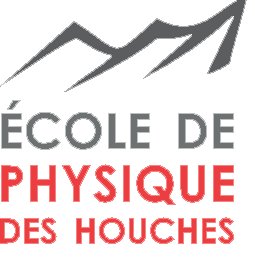Speaker
Description
In contrast to a conventional electron-ion plasma, the electron-positron pair plasma is characterized by the mass balance of the two components. Theoretical studies thus predicted long time ago a fundamentally new insight into plasma physics by studying these plasmas. Only recently experimental activities have become more precise e.g. by the APEX project which aims for the creation of a magnetized low-energy electron-positron plasma in the field of a superconducting levitated dipole. A basic prerequisite for the creation of such plasma is the development of techniques for charged-particle injection into a closed magnetic system and subsequent particle manipulation and confinement. In positron experiments with a prototype dipole trap at NEPOMUC, the world's most intense source of low-energy positrons, these challenges have been addressed.
In this contribution, the current state of research for the APEX project will be presented, including the characterization of the NEPOMUC source, recent results from positron injection, manipulation and confinement experiments and complementary single-particle simulations as well as the development of the superconducting dipole device.
